Case Study: Liquid Death and the Power of Branding
While there are many examples of powerful brands, Liquid Death is powerful, timely, and relevant to the young adults most of us are teaching. The…

While there are many examples of powerful brands, Liquid Death is powerful, timely, and relevant to the young adults most of us are teaching. The…
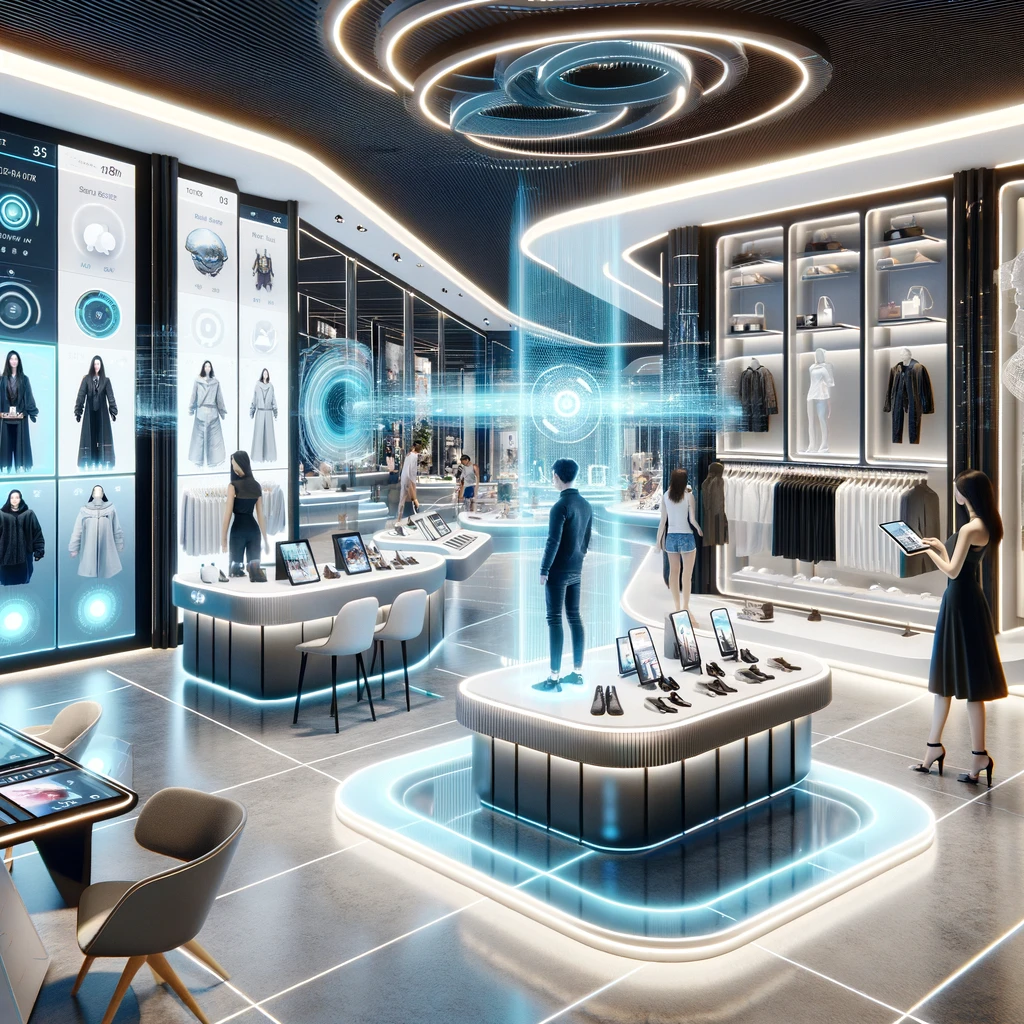
Besides Promotion and of course social media, I might argue that retail has seen the most dramatic changes. And that change continues to come. First…
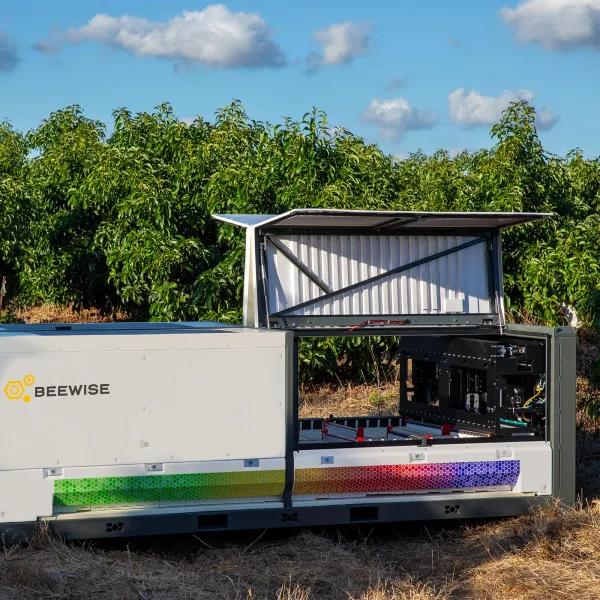
Are you searching for some fun new examples to use in class? Innovation and new products are an important outcome of good marketing. The Time…

This article in the New York Times (requires subscription, but I am thinking most faculty have access through subscription or their university) describes the growth…

This post summarizes a video (embedded below and linked here) from the Wall Street Journal ‘s “The Economics of” series. This post summarizes the video…
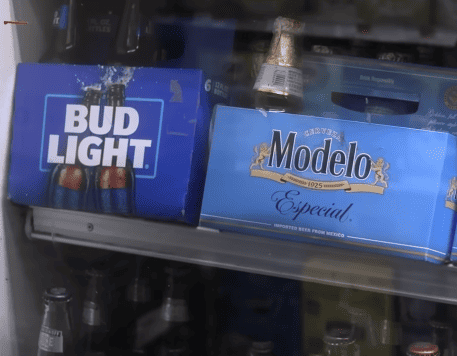
In our textbook, we stay away from references and images of alcohol. We know that some instructors prefer not to expose their students to any…
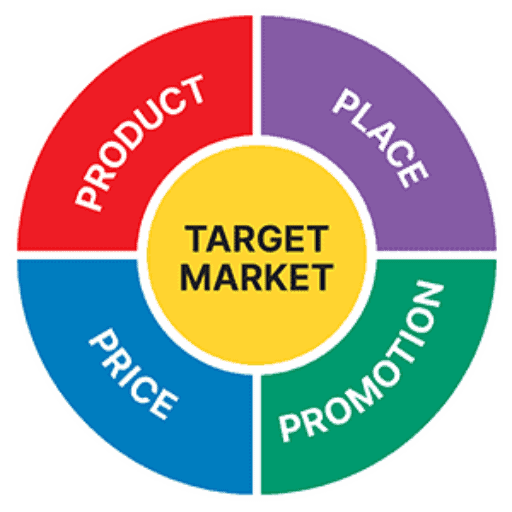
The meal kit industry is challenging. Since building this market in the late 2010s, Blue Apron has struggled to be profitable and was recently sold….
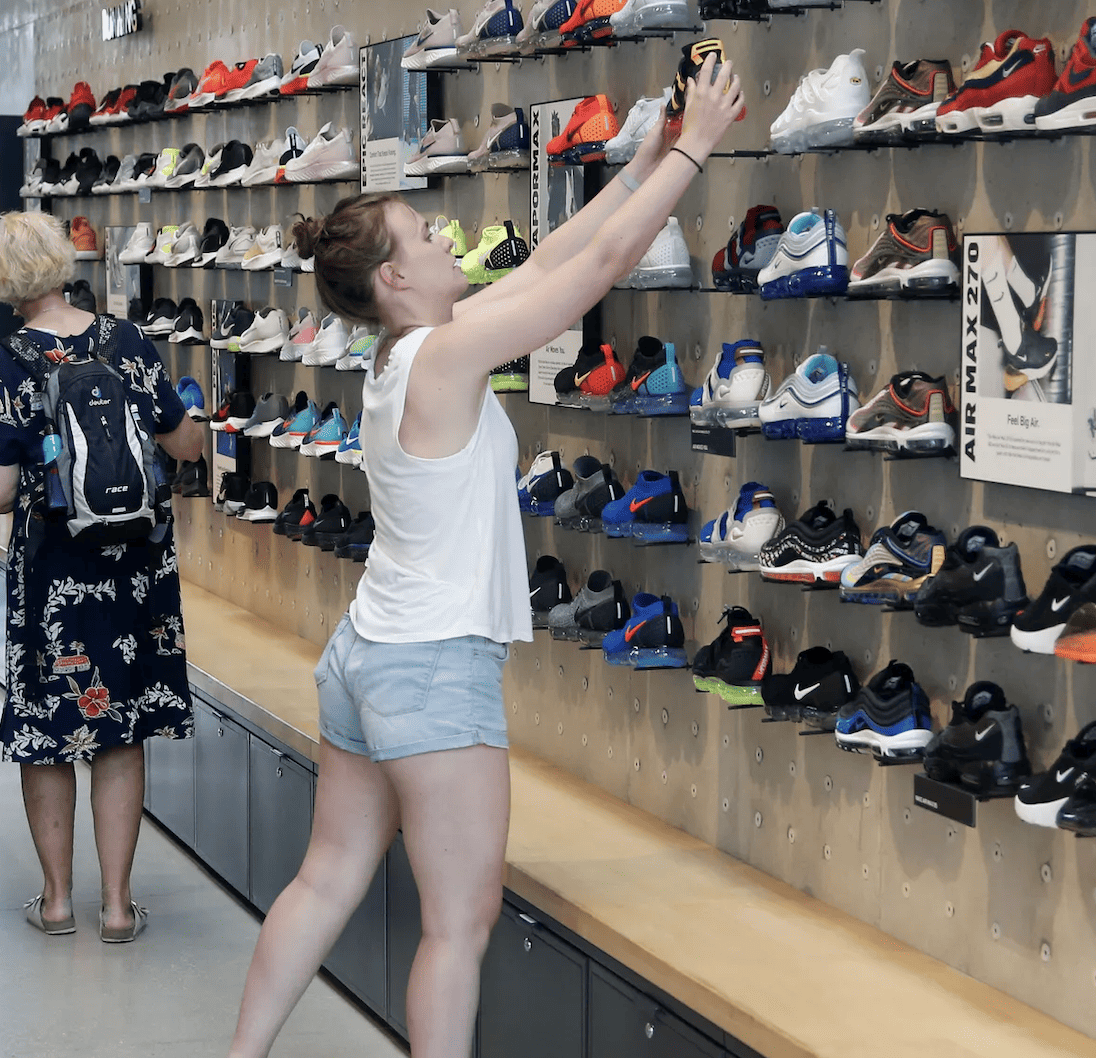
This recent Wall Street Journal article, “Nike Broke Up With Retailers. Now It’s Trying to Win Them Back,” (June 10, 2023, non-subscribers may be able…
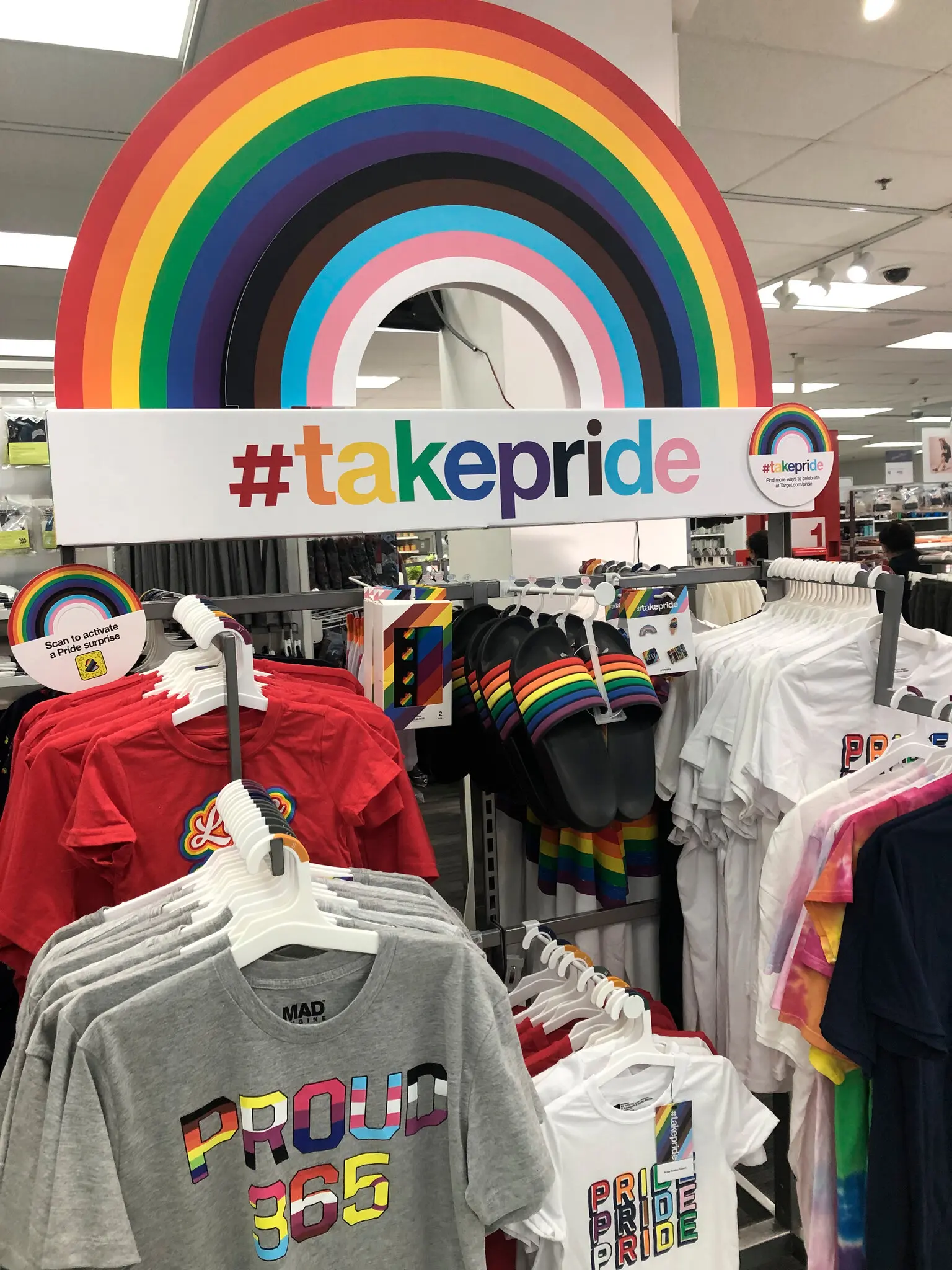
We open our textbook with the Nike-Colin Kaepernick case study. The case study shows how Nike’s support of Kaepernick (in spite the quarterback’s controversial position…